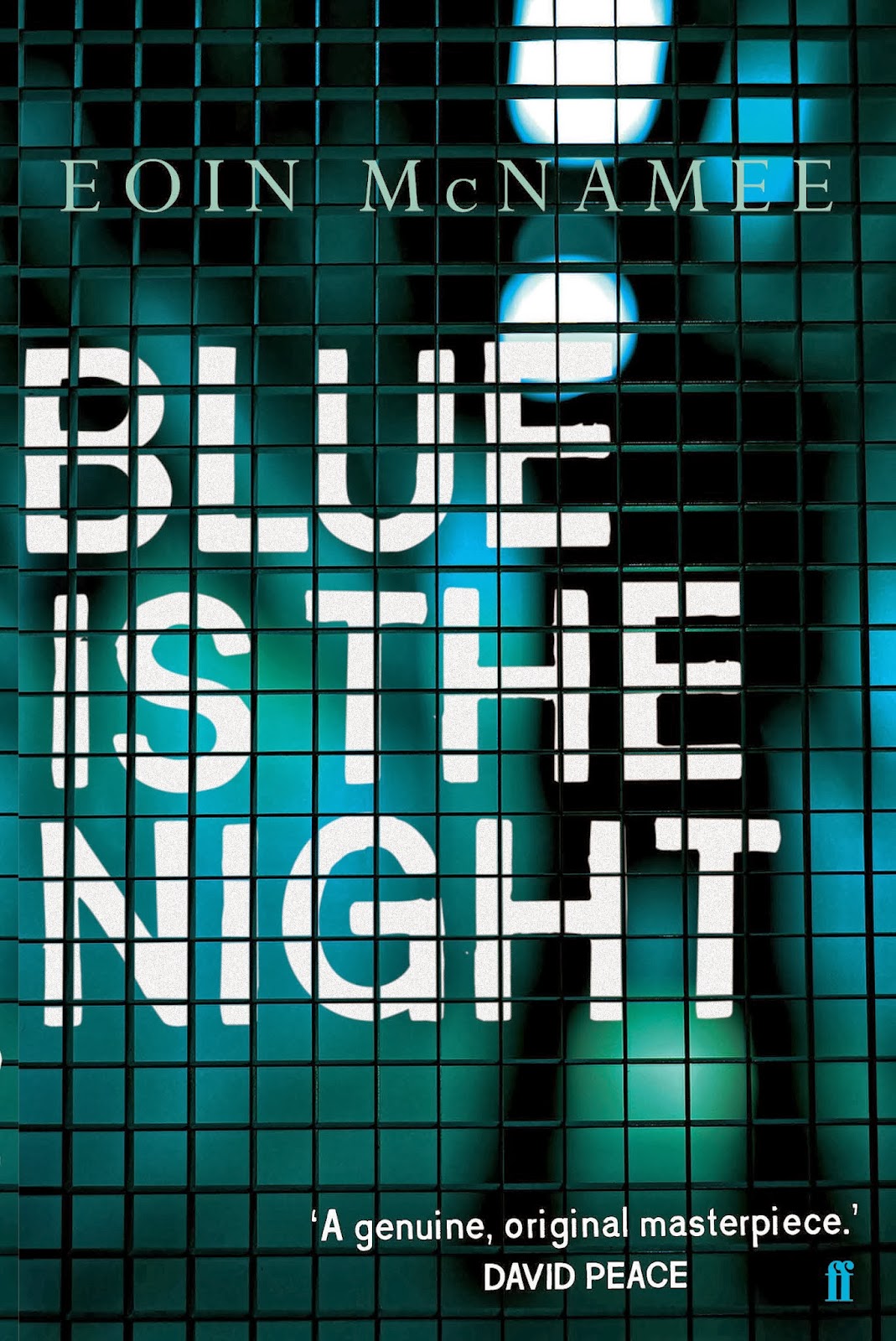Today’s
guest blog is by Eoin McNamee. The
author of seven books he has also written a trilogy for young adults and has
been nominated for the Booker Prize with his novel The Blue Tango. Using the pseudonym John
Creed, he has written three crime novels featuring Jack Valentine. The first novel
in the series The Sirius Crossing won the inaugural Ian Fleming Steel Dagger.
In 1990, he was awarded the Macauley Fellowship
for Irish Literature.
12th November 1952. The starting point. Nineteen-year-old Patricia Curran steps off
the bus at the gate to her family home, The Glen, in Whiteabbey outside Belfast. Later that night her body is found on the
driveway, stabbed thirty-seven times. From
the beginning, an air of the occult settling over the murder, of gothic fakery-the
occult of Ouija boards and séances in chilly Victorian sitting rooms.
Patricia was beautiful, wilful, spirited. Her father Lance Curran was a high-flier,
Attorney-General at thirty-six, a judge at the time of her death. He was icy and brilliant, arguably cunning
and manipulative, and certainly a gambler, mortgaged to the hilt, up to his
neck in it. Her brother Desmond was a barrister,
a street prostletyser, a man who would turn his back on it all to become a
missionary priest. Her mother
Doris…where do you start with Doris? Where
do you start with any of them?
Doris and Patricia were not getting on. Doris was highly strung. Two weeks after her daughter’s death Doris
was sent to a mental hospital where she remained until her death in 1976. A young airman was wrongfully convicted of
Patricia’s murder and had his conviction overturned in 2001. Fingers have always been pointed at Doris. Did she kill her own daughter? Did her husband cover for her?
I’d heard that Doris Curran was brought up in
Broadmoor Prison for the Criminally Insane.
Her father was superintendent. Researching
it, I found that Ripper suspect, Thomas Cutbush was incarcerated there at the
same time. There’s always a moment that
fixes a book for you, defines it. For
Blue Is the Night I was reading the physical description of Cutbush in his
admission documents. It describes
height, hair colour, and then it comes to the crucial detail. ‘Eyes: dark blue, very sharp.’ It caught the texture of the book. A watcher in the shrubberies and ill-lit
byways of post war Ulster. A malice
glittering in the provincial shadows. A
loving mother couldn’t take a child’s life (thirty-seven stab wounds) but a
paranoid schizophrenic certainly could.
If Doris killed her daughter (and that is by no means
certain) she isn’t the only one who transgressed. Judge Lance Curran put on the black silk cap
to hang Robert McGladdery for the murder of nineteen-year-old Pearl Gamble in
1961, nine years after the murder of his own nineteen-year-old daughter,
despite the lack of substantive evidence.
Patricia herself becomes a nexus of rumour and counter-rumour, white
mischief abroad in a town where pleasure taking was always furtive, always
clothed in sin and consequence.
Lance Curran wasn’t always thus. In 1949, he prosecuted Robert Taylor for the
murder of Mary McGowan. Robert Taylor
was a man-child, dead spit of the freckled and wholesome child film star Bobby
Breen. He was also a stone killer who
left Mrs McGowan cut, strangled and scalded. Curran’s prosecution was relentless. It seemed that Taylor was doomed. However, would a protestant hang for the
murder of a catholic woman in 1949 Belfast?
Moreover, if the answer is no, what happens to the rigorous and
fair-minded prosecutor? Does he shrug
his shoulders and go with the cynical flow?
Three cases involving Lance Curran. Three dead women. I started haunting the Curran family. Latterly, they’ve been haunting me. I wanted to find out who killed Patricia
Curran and ended up wondering who she was.
I have her photograph at home the downturned mouth, the eyes in shadow. At the end of the trilogy I find myself in
the vicinity of truth, but fatally drawn away from it by those eyes. Finding myself lost in the shadow, in their
mesmeric void.
Blue
is the Night by Eoin McNamee is out now, £12.99 (Faber &
Faber)



2 comments:
Doris was not brought up in Broadmoor prison, she is living at the Malone Reformatory school in Belfast in both the 1901 census and the 1911 census. This would mean that the rest of the "research" is suspect!
Correct.
Post a Comment